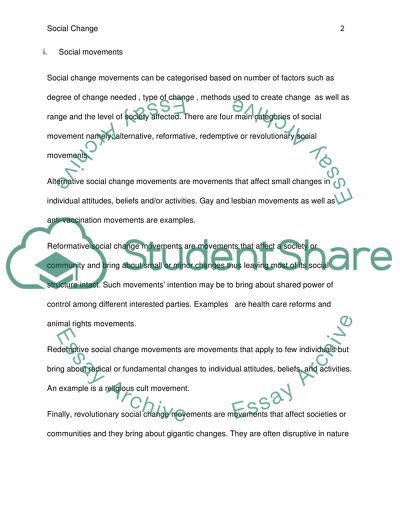Cite this document
(“Social Change Essay Example | Topics and Well Written Essays - 2750 words”, n.d.)
Retrieved from https://studentshare.org/sociology/1691249-social-change
Retrieved from https://studentshare.org/sociology/1691249-social-change
(Social Change Essay Example | Topics and Well Written Essays - 2750 Words)
https://studentshare.org/sociology/1691249-social-change.
https://studentshare.org/sociology/1691249-social-change.
“Social Change Essay Example | Topics and Well Written Essays - 2750 Words”, n.d. https://studentshare.org/sociology/1691249-social-change.


